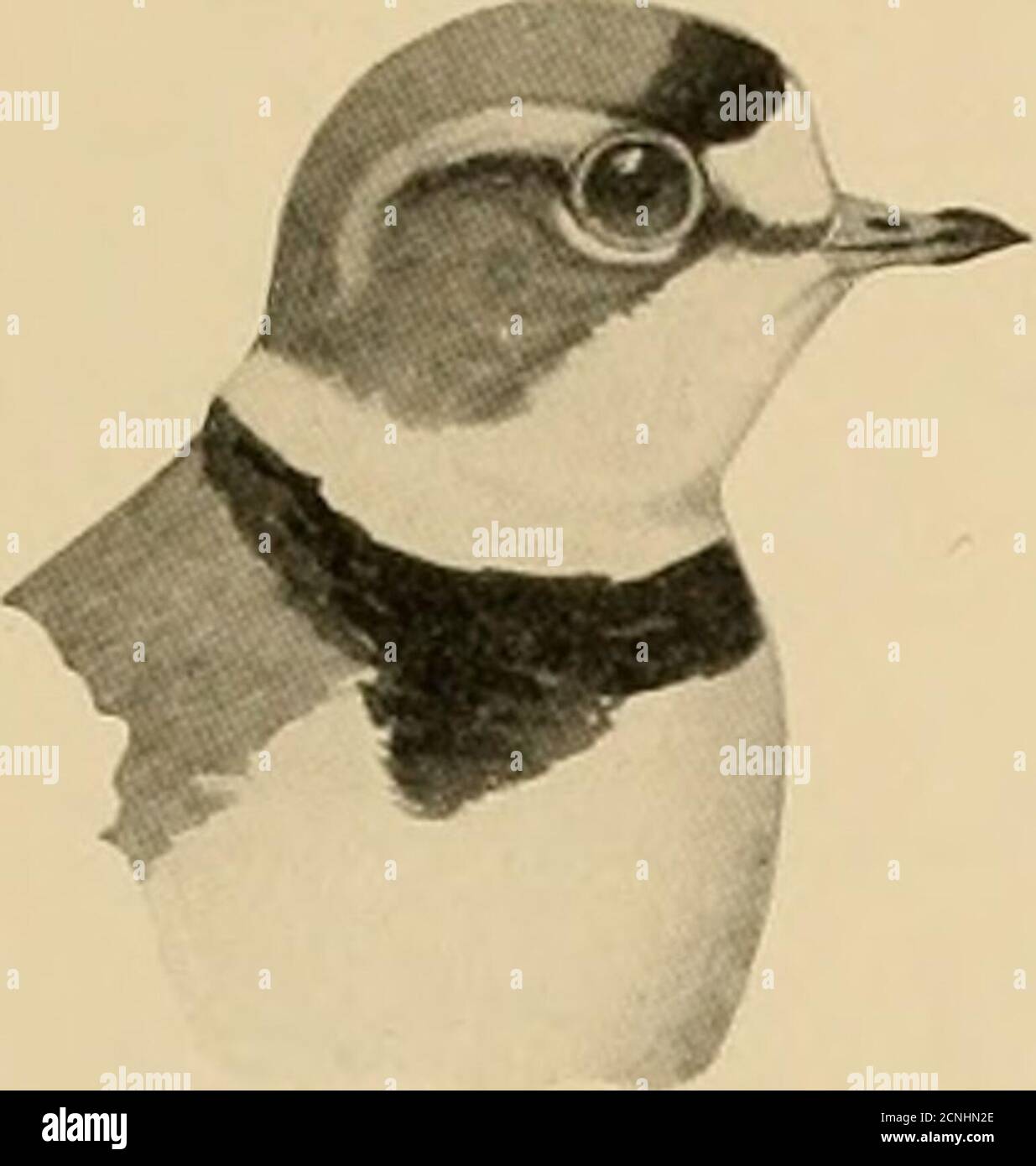. Birds of North Carolina . lar, butbhick replaced by brownish gray. L., 7.00; V., 4.7.5; Tar., .8.5; B., ..50. (Chap., liirds of E. X. A.) Range.—Breeds from North Carolina northward; winters from Georgia southward to northernMexico. Range in North Carolina.—Coastal region during the migrations, also detected breeding onPea Island by Bishop. This is another of the little jjlovers that freciuent the beaches in luiinhers iltiringthe migrations. In habits it very much resembles the foregoing, but in appearanceit is noticeably different. Its general coloration renders it most inconspicuous onthe

Image details
Contributor:
Reading Room 2020 / Alamy Stock PhotoImage ID:
2CNHN2EFile size:
7.2 MB (127.5 KB Compressed download)Releases:
Model - no | Property - noDo I need a release?Dimensions:
1541 x 1622 px | 26.1 x 27.5 cm | 10.3 x 10.8 inches | 150dpiMore information:
This image could have imperfections as it’s either historical or reportage.
. Birds of North Carolina . lar, butbhick replaced by brownish gray. L., 7.00; V., 4.7.5; Tar., .8.5; B., ..50. (Chap., liirds of E. X. A.) Range.—Breeds from North Carolina northward; winters from Georgia southward to northernMexico. Range in North Carolina.—Coastal region during the migrations, also detected breeding onPea Island by Bishop. This is another of the little jjlovers that freciuent the beaches in luiinhers iltiringthe migrations. In habits it very much resembles the foregoing, but in appearanceit is noticeably different. Its general coloration renders it most inconspicuous onthe shell-strewn stretches of sand it inhabits. The note of this bird is particularlymusical and striking. Bishop rei)()rts it as a common summer resident at Pea Island, breeding in May.The nests are placetl among the drift on the sand. The eggs are pale buff in groundcolor, speckled with black and purplish graj. Size 1.29 x .95. They are four innumber and are deposited in a mere depression in the sand. Descriptive List HO. Fig. 112. Piping Plovkr. Genus Ochthodromus (Reichenb.)133. Ochthodromus wilsonius wilsonius {Orel). Wilsons Plover. Ad. d.—Lores, front of crown, and a band on the breast black; rest of underparts, forehead, and an indistinct ring on the nape white; sides of the head and nape sometimes witli rufous mark-ings; cheeks, crown, and back brownish gray; inner tail-feathers fuscous, outer ones becomingwhite. Ad. 9 •—Similar, but black replaced by brownish gray with rusty on breast. Juv.—Similar to 9, but upperparts margined with grayish. L., 7.50; W., 4.50; Tar., 1.10; B., .80.(Chap., Birds of E. N. A.) Range.—Southern States, breeding from Virginia southward; winters from Florida to CentralAmerica. Range in North Carolina.—Coastal region in summer; breeds.